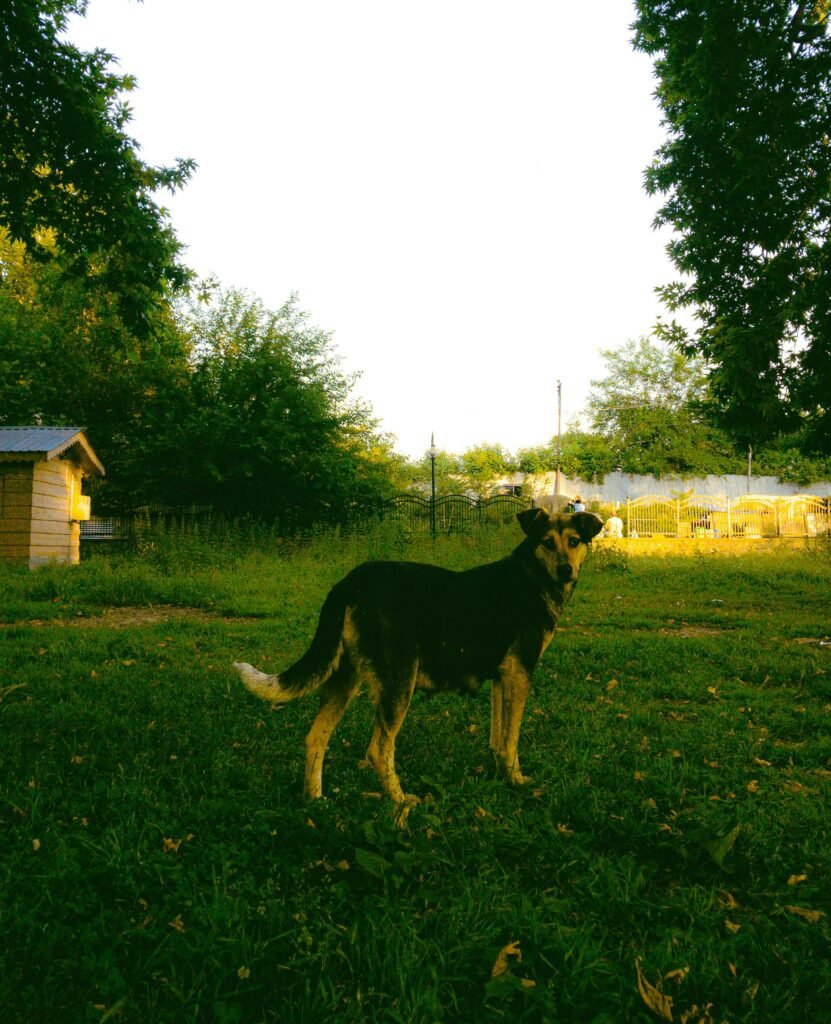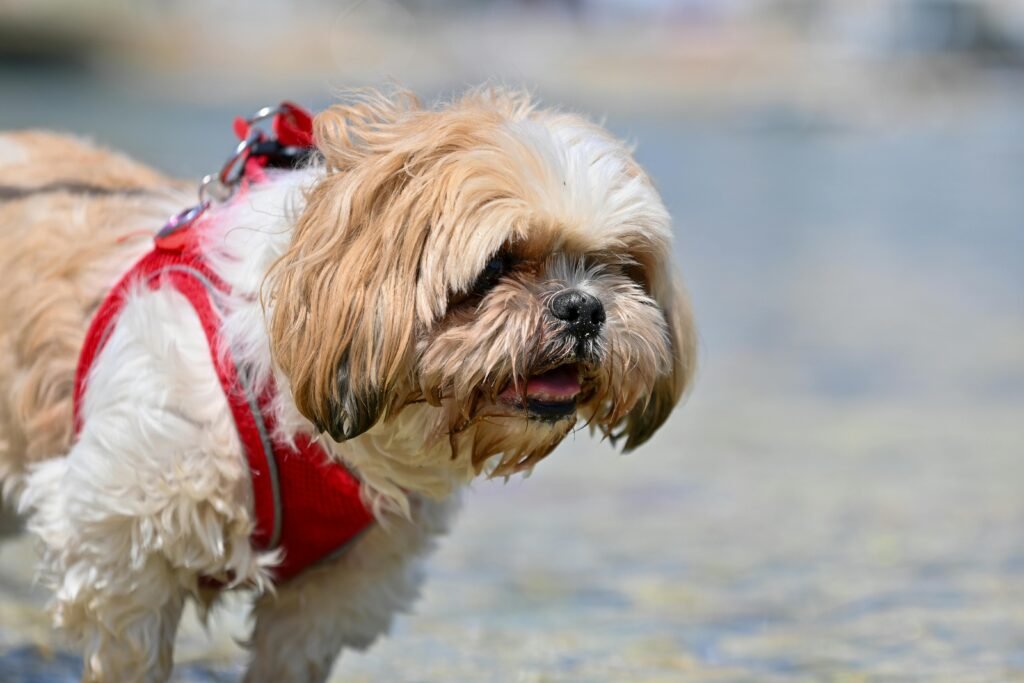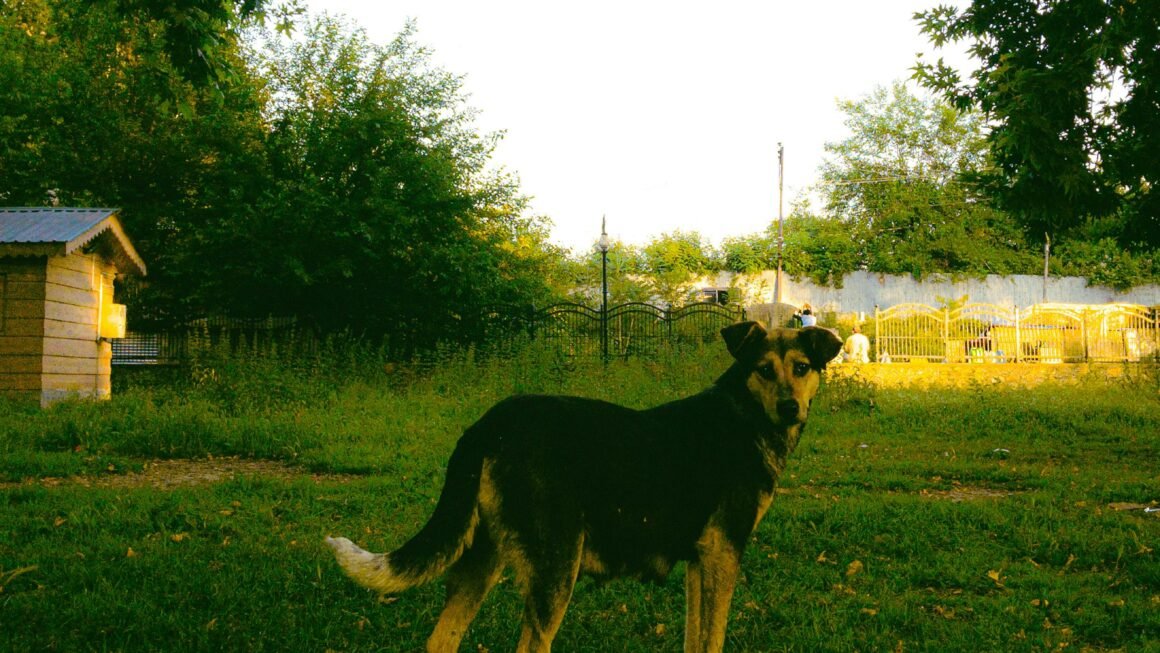Understanding Your Dog’s Coat
Having a basic understanding of your dog’s coat is essential in properly maintaining it throughout the changing seasons. Depending on the breed, your dog’s coat may vary in length, thickness, texture, and color. Additionally, the type of coat your dog has will determine how often grooming and maintenance should be done. As a responsible pet owner, it’s important to be aware of the specific needs of your dog’s coat to keep it healthy and looking its best year-round.

This image is property of images.pexels.com.
Spring Care and Maintenance
As the weather warms up and spring arrives, it’s time to start thinking about how the changing temperatures will affect your dog’s coat. During spring, many dogs will shed their winter coats to prepare for the warmer weather ahead. Regular grooming is essential during this time to help remove the dead hair and prevent matting. Be sure to brush your dog’s coat regularly to help promote healthy hair growth and reduce shedding.
Brushing Techniques for Spring
Using the right brushing techniques during spring is crucial in maintaining your dog’s coat. Brushing your dog regularly will help remove excess hair, dirt, and debris that can get caught in their fur. Start at the base of the hair and work your way up to the tip to prevent tangles. Use a slicker brush for longer coats and a bristle brush for shorter coats. Pay special attention to areas that are prone to matting, such as behind the ears and under the legs.
Summer Care and Maintenance
As the heat of summer sets in, it’s important to adjust your grooming routine to keep your dog cool and comfortable. Make sure your dog is well-hydrated and has access to plenty of shade to help prevent overheating. Regular baths in lukewarm water can help keep your dog’s coat clean and free of dirt and parasites. Using a dog-safe sunscreen can also help protect your dog’s skin from harmful UV rays.
Bathing Tips for Summer
During the summer months, bathing your dog more frequently can help keep their coat clean and prevent skin irritations. Use a dog-specific shampoo and conditioner to help maintain the natural oils in their coat. Be sure to thoroughly rinse your dog after bathing to remove all traces of shampoo, as leftover residue can cause skin irritation. Check your dog’s ears for signs of infection after bathing, as moisture can sometimes get trapped in their ear canal.

This image is property of images.pexels.com.
Fall Care and Maintenance
As the leaves start to change and the temperatures begin to drop, it’s time to prepare your dog’s coat for the colder months ahead. Many dogs will start to grow their winter coats during the fall to help insulate them from the colder weather. Regular brushing is essential during this time to help remove dead hair and prevent matting. Be sure to check your dog’s coat for any signs of pests, such as fleas and ticks, as they are more prevalent in the fall.
Preventing Matting in Fall
To prevent matting in your dog’s coat during the fall, it’s important to brush them regularly and thoroughly. Use a slicker brush for longer coats and a wide-tooth comb for shorter coats. Pay special attention to areas that are prone to matting, such as behind the ears and under the legs. If you encounter a mat, gently work it out with a slicker brush or comb to prevent it from becoming tangled.
Winter Care and Maintenance
As the temperatures drop and snow starts to fall, it’s important to take extra care of your dog’s coat to keep them warm and protected from the elements. Many dogs will grow thicker, denser coats in the winter to help insulate them from the cold. Regular grooming is still important during this time to help remove dead hair and prevent matting. Be sure to keep your dog’s coat well-moisturized to prevent dryness and flakiness.
Moisturizing Tips for Winter
To keep your dog’s coat moisturized during the winter months, consider adding a supplement to their diet to promote healthy skin and coat. You can also use a dog-safe conditioner after bathing to help lock in moisture and prevent dryness. Pay special attention to your dog’s paw pads, as they can become cracked and dry from exposure to cold temperatures and salt on the sidewalks. Consider using a paw balm to protect their paws from the elements.

This image is property of images.pexels.com.
Conclusion
Proper maintenance of your dog’s coat based on the changing seasons is essential in keeping them healthy and comfortable year-round. By understanding your dog’s coat type and specific needs, you can develop a grooming routine that will help promote healthy hair growth and reduce shedding. Remember to adjust your grooming techniques and products as the seasons change to ensure your dog’s coat remains in top condition. With the right care and attention, your dog’s coat will not only look great but will also help keep them warm and protected throughout the year.
